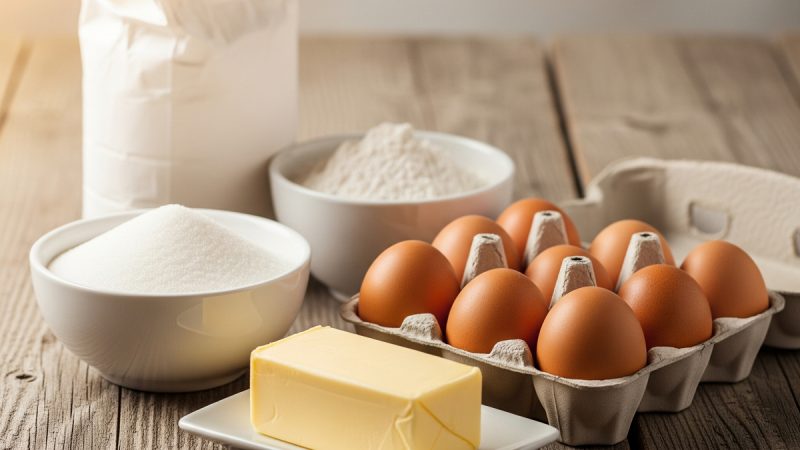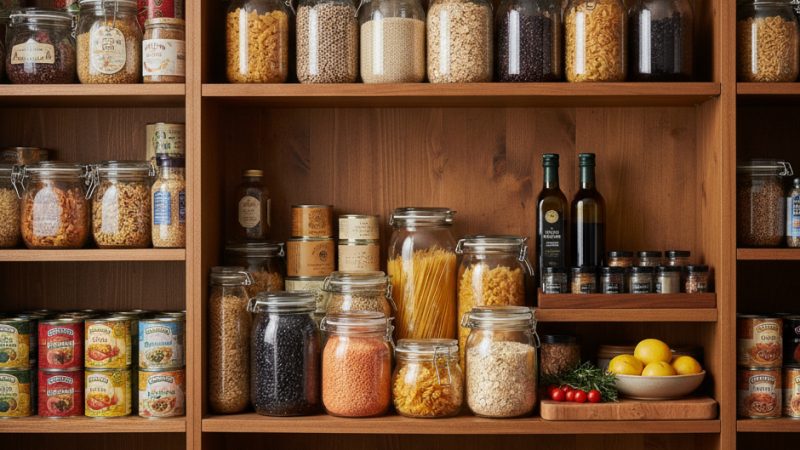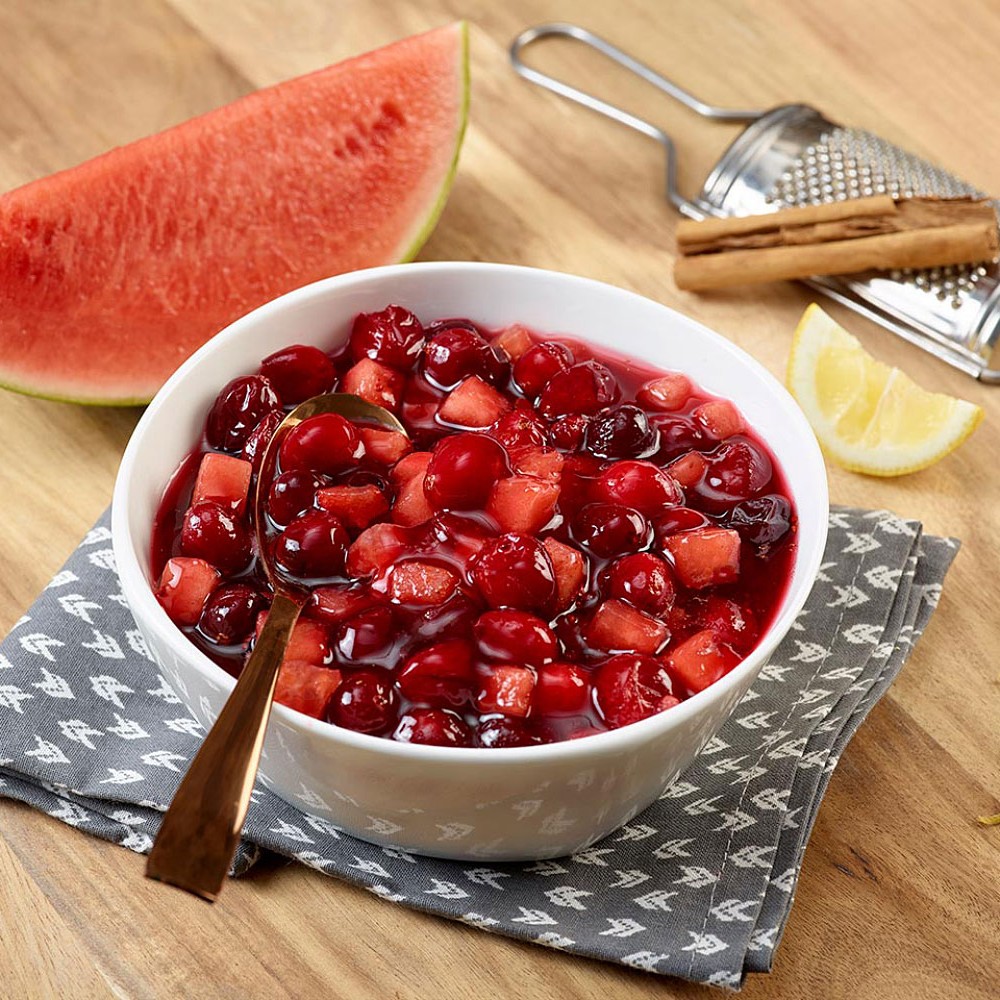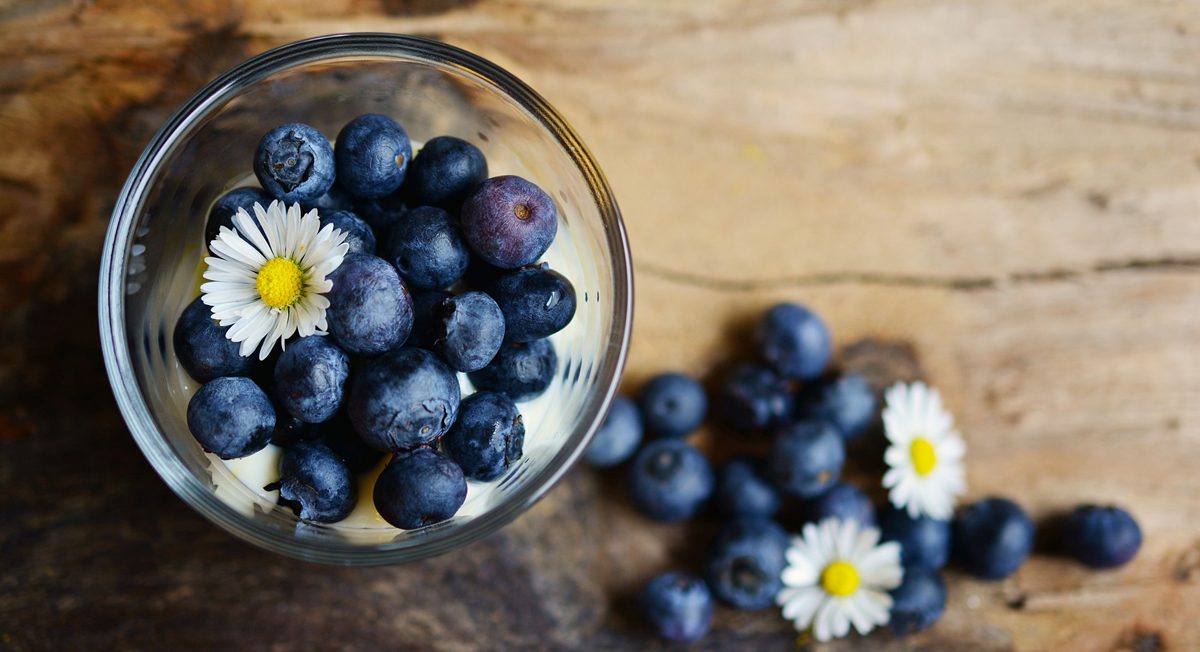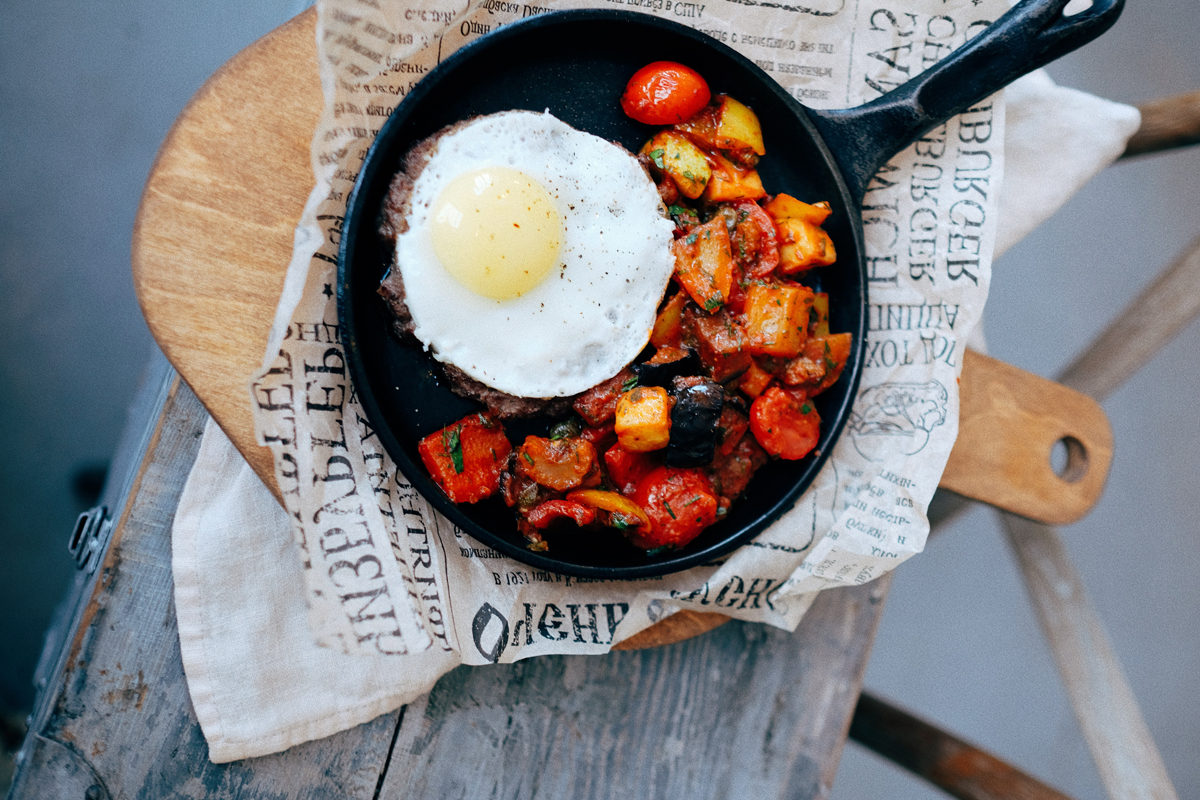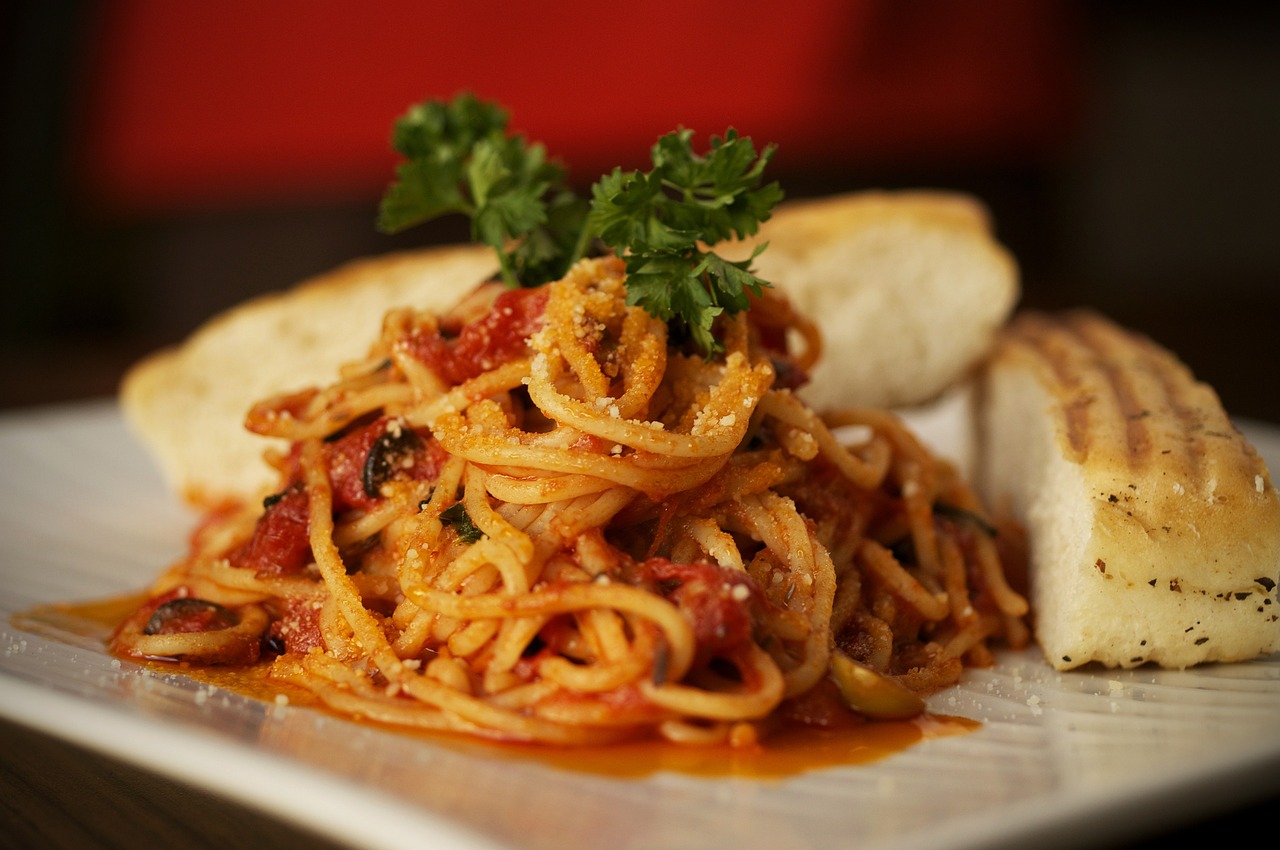How to Keep Food Fresh in The Pantry
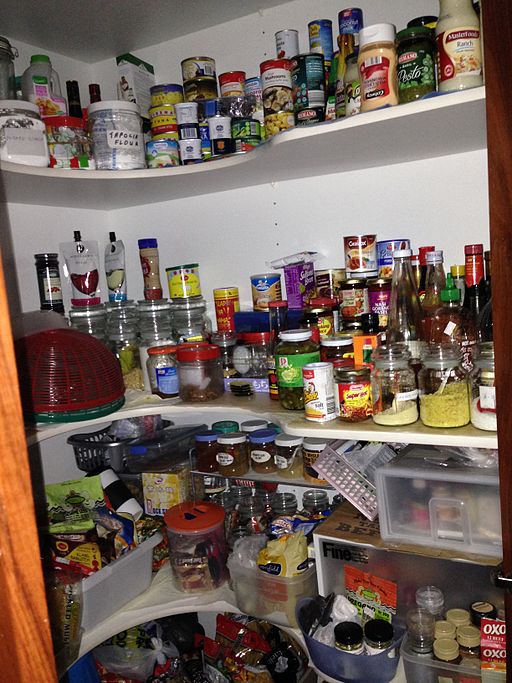
A kitchen pantry can help you store and organize food, provisions or dishes while freeing up available cupboard space. Storing your food properly extends the shelf life and foods stay at their peak of freshness and taste better. To keep food fresh in the pantry the first thing should be to select the appropriate location for the pantry. The most preferable location should be humidity free and quite dark. Keep the pantry away from the sink and the stove and avoid direct light. The perfect location for keeping pantry foods fresh is in a dark corner.
Dry foods such as crackers, canned goods, flour, cake mixes and seasonings should be stored in the original packaging or tightly closed airtight containers below 85°. Humidity levels above 60% can cause foods to absorb moisture, which will leave your products stale, or cause cans to rust and leak. Cans that are rusted, badly dented, leaking or swollen should be discarded. Always keep food separate from items such as household cleaners, insecticides and paper products as these can cause contamination. If products are marked with a “best if used by date” it means that they are not the best quality after this date, but can still be used safely for some period of time. In order to keep pantry foods fresher, keep your pantry organized and create sections for various types of foods and stack items together. Try to avoid overstocking and only purchase what can be eaten within a reasonable amount of time.
A set of airtight storage containers will be extremely useful, they allow you to see what is on hand and they keep out air which in turn will keep pantry foods fresh. Always reseal packages once opened, either by using a sealer or by adding a clip to the top, in fact some packages come with a zip top or stickers to reseal the bag.
Shelf life is extremely important and it greatly depends on the following storage conditions:
Oxygen in the air can cause enhanced growth of microorganisms and cause vitamins, flavors, fats and food colors to deteriorate.
Food storage can be impaired by high temperatures, some vitamins will be destroyed, proteins breakdown, and flavor, odor and color may be affected. Food in the pantry should always be stored at room temperature or below.
Moisture can create an environment in which chemical reactions may take place and microorganisms can thrive.
Light exposure can result in the deterioration of proteins, vitamins and fats, vitamin loss, discoloration and off-flavors.
Testing conducted at Brigham Young University has determined that many foods stored in sealed cans at controlled temperatures can last for years after their expiration dates, some of them for instance; rolled oats for 20 years, powdered nonfat dry milk for 13 years, pinto beans or baking soda for 24 years, white flour for 12 years, pasta for 17 years, potato flakes for 16 years and sugar, salt, white rice and wheat for an impressive 30+ years!
The following are examples of the kind of things commonly found in pantries:
Canned or Bottled:
- tomato paste
- crushed tomatoes
- chicken broth
- grated cheese
- anchovy paste
- evaporated milk
- kidney beans
- mustard
- whole tomatoes
- peanut butter
- corn syrup
- honey
- bouillo
- soup
- pie fillings
- canned fruits
- assorted pickles
- olives
Spices:
- nutmeg
- salt
- dry mustard
- ground ginger
- cloves
- cinnamon stick
- peppercorns
- ground cumin
- celery seeds
- ground turmeric
- pickling spice
- caraway seeds
- ground cinnamon
Oils:
- canola
- peanut
- olive
- extra-virgin olive oil
- cooking oil spray
- olive oil spray
Vinegar:
- balsamic
- cider
- red wine
- white distilled
Dried Herbs:
- garlic powder
- thyme
- parsley
- dill seeds
- marjoram
- oregano
- chives,
- cilantro
- onion powder
- basil
- minced garlic
- rosemary
- tarragon
- bay leaves
- rubbed sage
Spirits:
- brandy
- cognac
- dry white wine
- dry sherry
- dark beer
- dry red wine
- port
- liqueurs
- rum
- gin
- vermouth
The Author:
Mark Gold has more than 27 years of experience in the Food and Beverage Industry. He has written numerous articles on foods and food preservation.
Source: Ab

